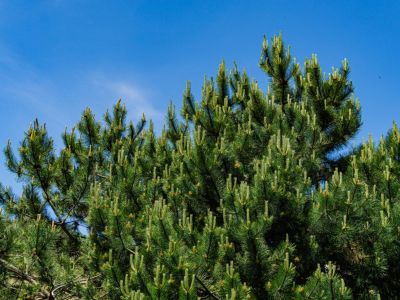Austrian Pine Information
Austrian pine trees (Pinus nigra) are native to Austria, but also Spain, Morocco, Turkey, and Crimea. In North America, you can see Austrian pines in the landscape in Canada, as well as in the eastern U.S. The tree is very attractive, with dark-green needles up to 6 inches (15 cm.) long that grow in groups of two. The trees hold onto the needles for up to four years, resulting in a very dense canopy. If you see Austrian pines in the landscape, you may notice their cones. These grow in yellow and mature at about 3 inches (7.5 cm.) long.
Cultivation of Austrian Pine Trees
Austrian pines are happiest and grow best in chilly regions, thriving in U.S. Department of Agriculture plant hardiness zones 4 through 7. This tree may also grow in areas of zone 8. If you are thinking of growing Austrian pine trees in your backyard, be sure you have enough space. Cultivation of Austrian pine is only possible if you have plenty of space. The trees can grow to 100 feet (30.5 m.) tall with a 40-foot (12 m.) spread. Austrian pine trees left to their own devices grow their lowest branches very close to the ground. This creates an exceptionally attractive natural shape. You’ll find that they are very flexible and adaptable, although they prefer a site with direct sun for most of the day. Austrian pine trees can adapt to a wide range of soil types, including acidic, alkaline, loamy, sand, and clay soil. The trees must have deep soil, however. These trees can thrive in high and low terrain. In Europe, you’ll see Austrian pines in the landscape in mountainous areas and lowlands, from 820 feet (250 m.) to 5,910 feet (1,800 m.) above sea level. This tree tolerates urban pollution better than most pine trees. It also does well by the sea. Although ideal Australian pine growing conditions include moist soil, the trees can tolerate some dryness and exposure.
